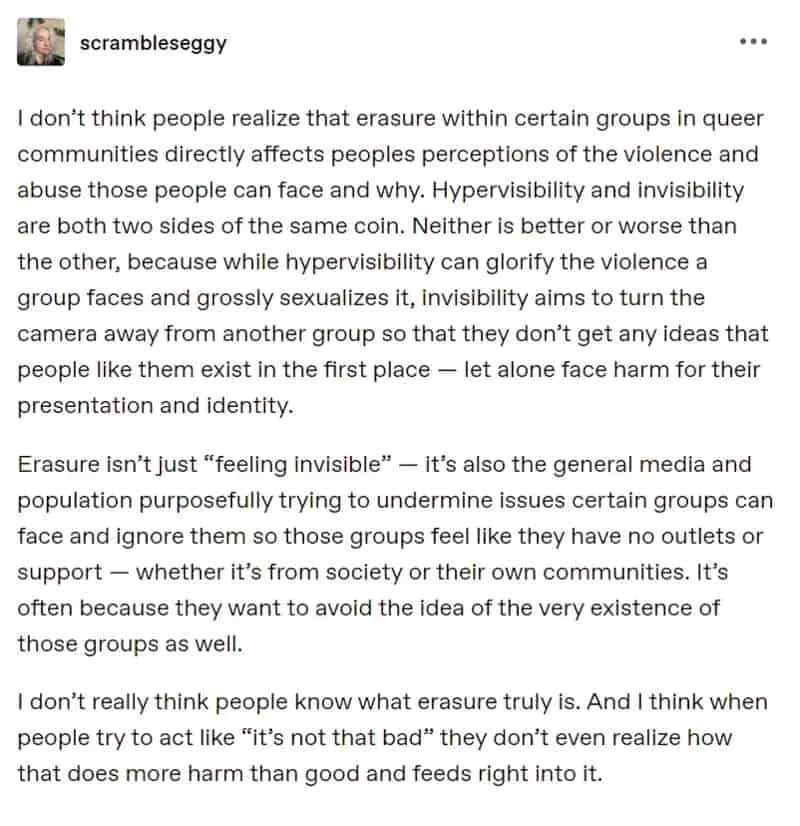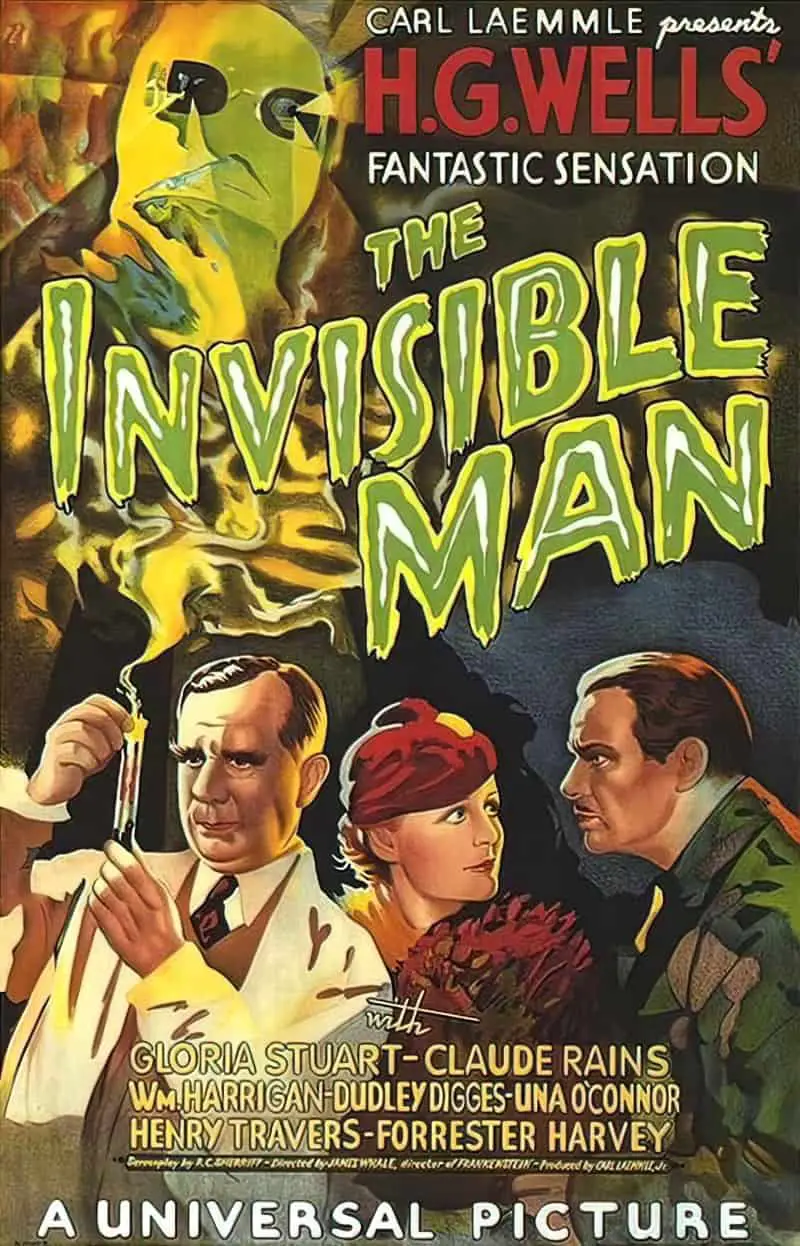Method 1: Rune Stave
For this one you must go to Iceland. Once in Iceland, get your hands on a magical text full of spells and suchlike, a.k.a. Icelandic grimoires. But to save you the trouble, refer to the recipe below.
You’ll need a magical rune stave. There is literally a rune stave for every possible thing you can imagine up.
The invisibility run stave looks a bit like a snowflake. The one you need is called the hulinhjalmur. Google it.
I’m sure you can recreate that with a marker on paper. Hold your horses, it’s not that simple though.
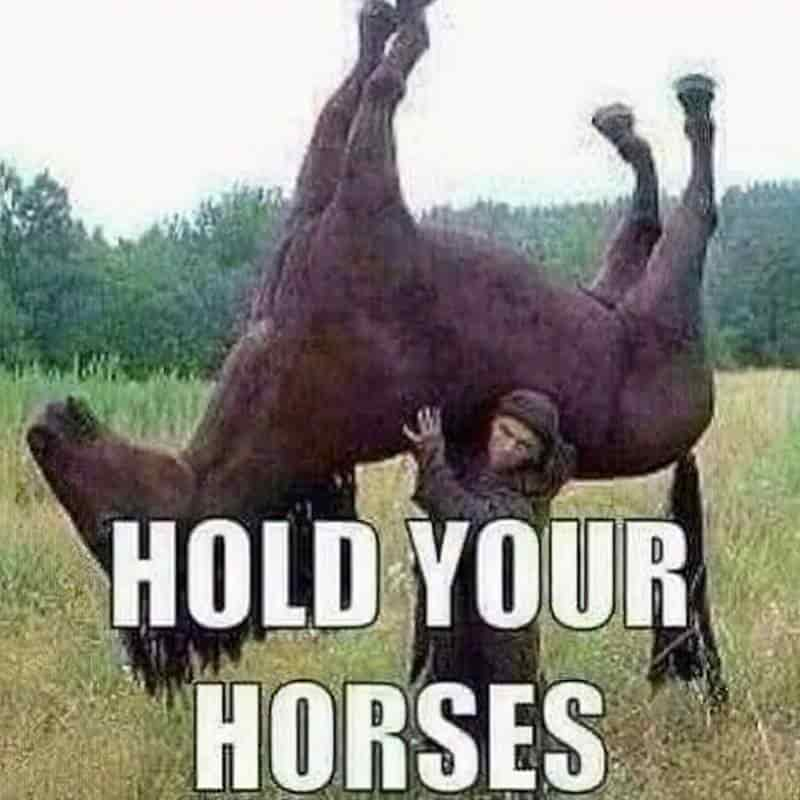
You must engrave this rune stave onto a piece of lignite using magnetic steel that’s been hardened by soaking in human blood.
Be careful how you blend the blood. You need three drops from the index finger of the left hand and three from the ring finger of the right hand. Worse, you also need two drops from the right nipple and one from the left.
Next you need an alive raven. Don’t kill it. You will need to extract six drops of blood, though, straight from the raven’s heart.
Melt it all down, along with the raven’s brain and parts of a human stomach. I’m not actually sure if the raven’s still meant to be alive at this point. I assume the human is not.
Now you should be invisible. Bear in mind, there may be rune staves for picking locks, keeping the butter from going rancid and for protecting yourself against ghosts but there is no rune stave to make you un-invisible. This is your life now. I hear Iceland is beautiful.
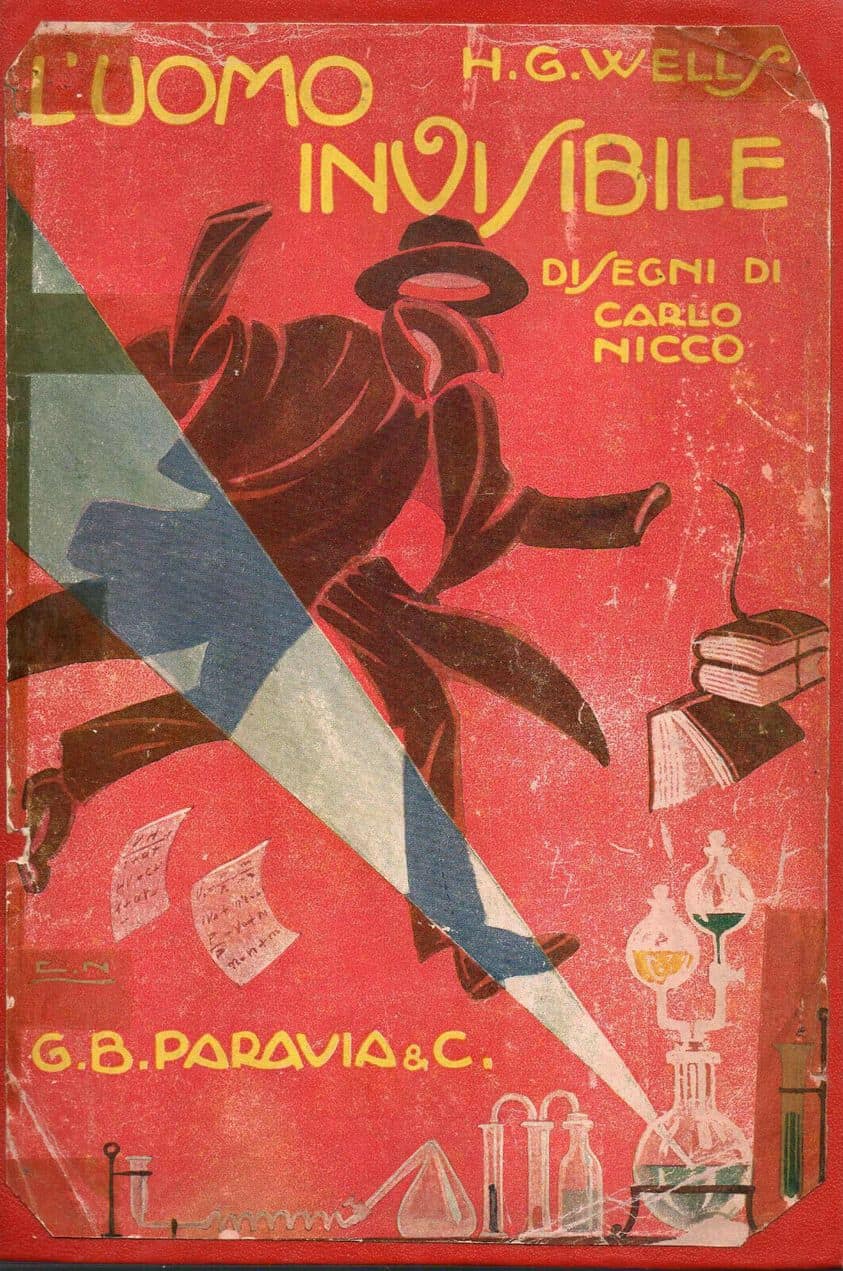
Method 2: The Witch Way
Are you a witch? Do you want to be a witch? Let’s be witches. We’re going to Papua New Guinea for this one, where witches have the power to see inside others, and also have the power to become invisible. The best of both worlds. In PNG there is a concept known as gwumu. This refers to a spirit which can live in people, rendering them invisible. (There are also evil spirits, known as sanguma or spirit nogut in Tok Pisin. They came to the world via pigs. Look, it says so in the Bible.)
In other countries, witches don’t become invisible per se, they simply transmogrify themselves into other animals, like ravens. No one thinks twice about a particularly witchy-looking raven flying across the sky at night, right? As ravens, witches are free to attend their moonlit sabbats.
But in the Papua New Guinea highlands, witches don’t bother with the faff of transmogrification. They can, I mean, if they want. They might become a quick, highly mobile creatures: bat, rat, bird, moth, grasshopper, butterfly, cicada… or they might simply become invisible.
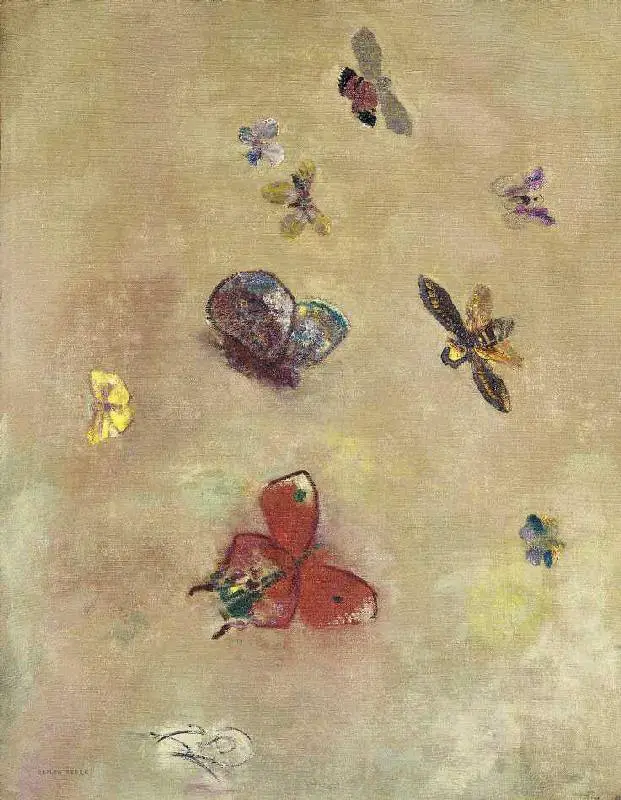
Let’s do that. That way, we can go about our supernatural lives alongside regulars and we don’t have to worry about a thing.
Except for one thing: We will still be blamed for the following:
- sickness
- death
- poverty
- lack of development
- portentous world events
- that overall feeling that the apocalypse is nigh.
Method 3: Escape to the Woods
Are you living in a fairytale reality? If so, entering a forest will work. Disclaimer: So long as you’re not hiding in the English woods, which are not very vast and expansive these days. By the start of the 20th century, just 5% of Britain was wooded. It doesn’t take too long to find you in the spinneys.
This tactic may work better in, say, America, Canada or other parts of Europe. Works really quite well in the Australian bush.
Downside: You may not make it back out alive.
Method 4: Wear a Mask
Admittedly, masks work better if you’re a character within a fictional story rather than in real life because for some reason I’ve always been recognised even when wearing a mask. I have this in common with Dwight Schrute.
The human brain is very good at recognising someone by their gait. So if you really want to come across as someone else, don’t just rely on the face mask. Change how you walk. Change your height and BMI while you’re at it.
Method 5: Creep Around Like A Ninja
Ninja techniques for hiding are called ongyo-jutsu (隠形術), the way of the hidden form.
- When sneaking in the dark, slow your movement.
- Stop moving if someone is facing you.
- Camouflage yourself
- Hide in the shadows
- Make yourself small e.g. crouch in the shape of a quail (for some reason)
- If you have white skin, hide your white face
- Be mindful of light sources
- Standing in front of a wall or tree may be more effective than you think, because the enemy is busy looking behind rocks and whatnot. Only works if you’re camouflaged and hiding your big white face
- Don’t accidentally breathe on your enemy
- Be absolutely silent
- Risk making noise only while other noise is happening
- Use a throw cloth to muffle your footsteps
- Bring an animal e.g. a rat to let loose and distract a sentry
- Stand downwind of guard dog snoots
- Or hide under water making use of a snorkel
- Throw down a toothpick to attract the enemy’s attention. While they’re glancing at the toothpick you’ll be able to hide.
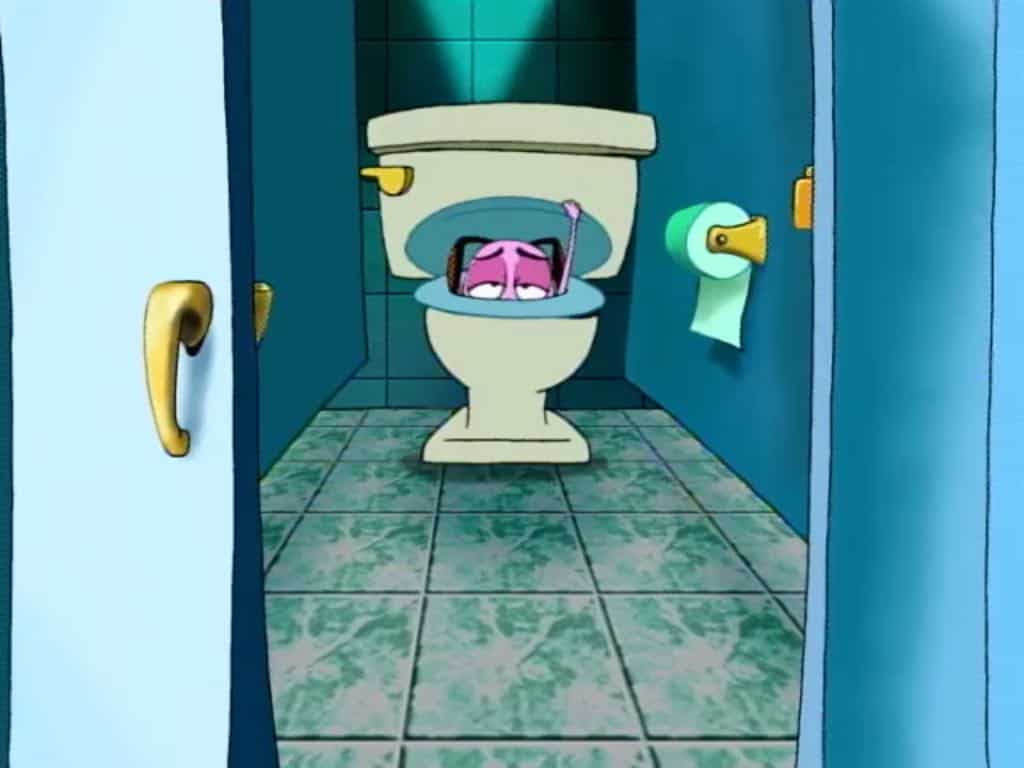
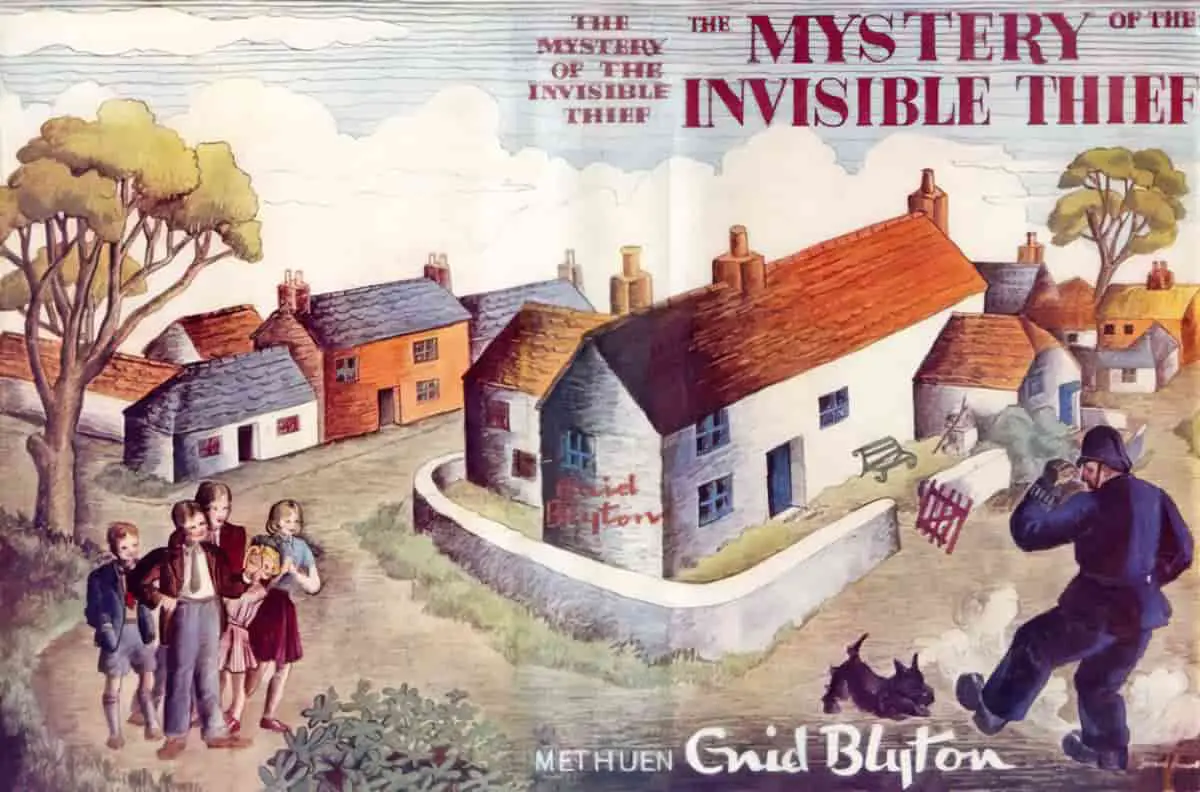
Method 6: Dress Like Your Background
Also known as camouflage.
Think outside the box. If you’re playing tennis, wear the same hue as the court, perhaps with one or two white stripes across your body. If you’re planning on staying home, maybe dress like your cushions.
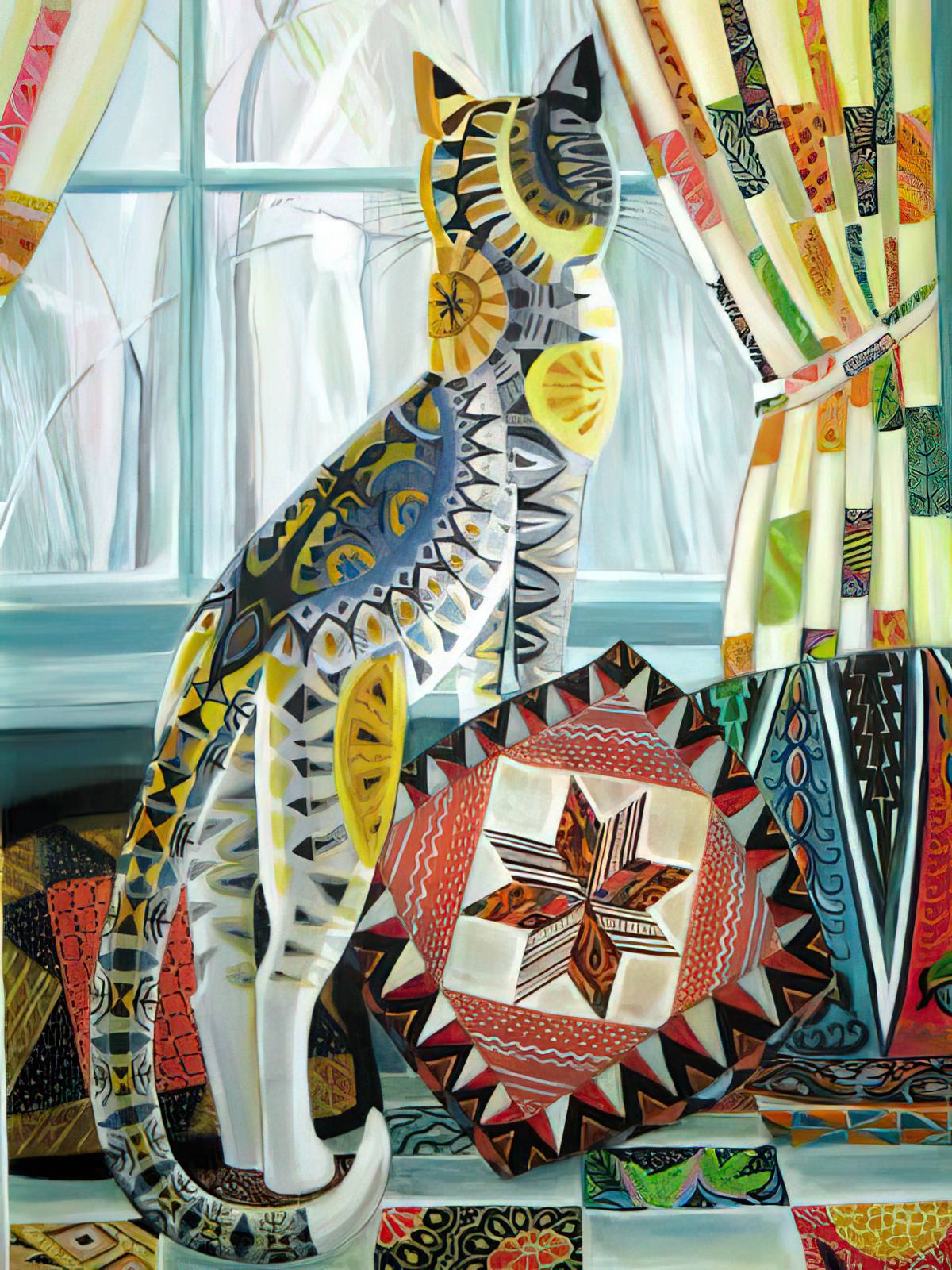
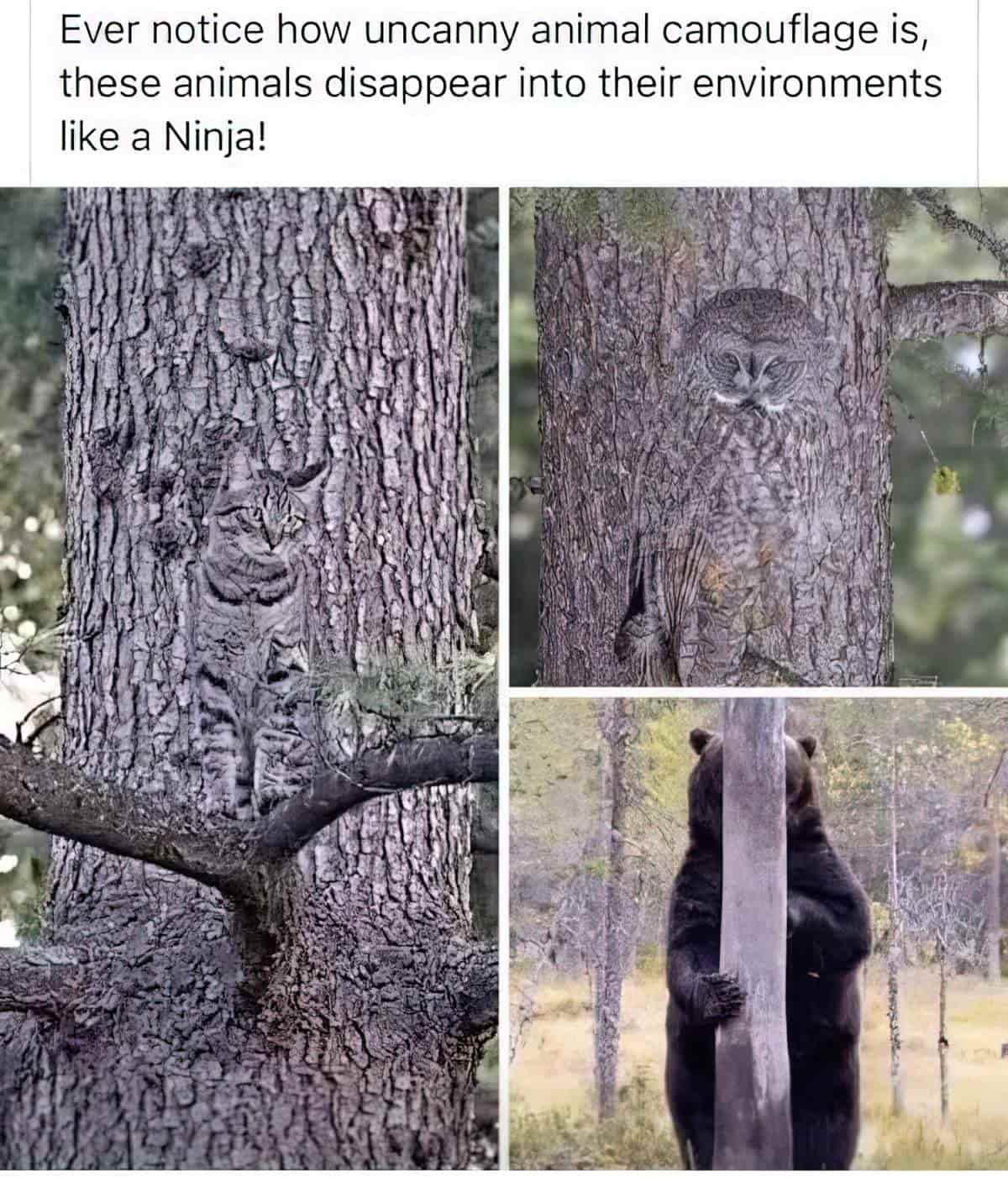
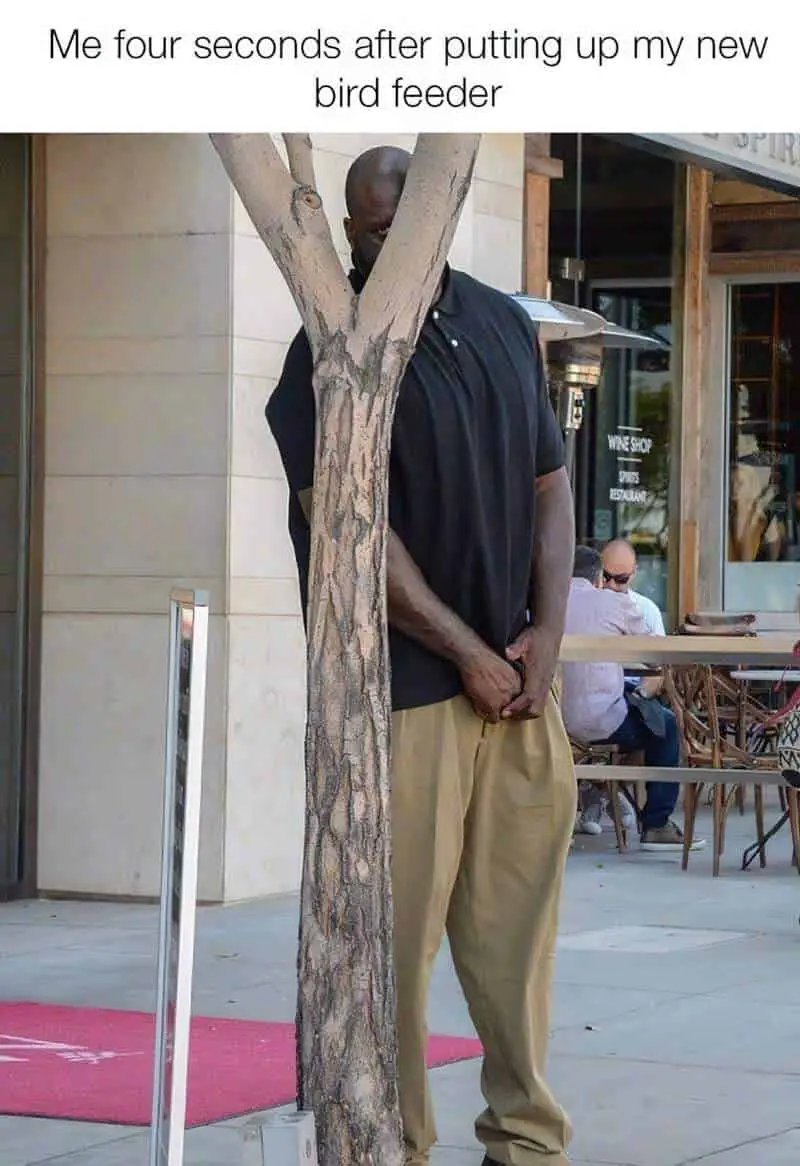
Of if you’re freaky, dress like your wallpaper.
This is an example of chremamorphism.
Method 7: Become A Middle-aged Woman
“That she held herself well was true; and had nice hands and feet; and dressed well, considering that she spent little. But often now this body she wore (she stopped to look at a Dutch picture), this body, with all its capacities, seemed nothing – nothing at all. She had the oddest sense of being herself invisible; unseen; unknown; there being no more marrying, no more having of children now, but only this astonishing and rather solemn progress with the rest of them, up Bond Street, this being Mrs. Dalloway, not even Clarissa any more; this being Mrs. Richard Dalloway.”
Virginia Woolf, Mrs. Dalloway
Katherine Mansfield explores this kind of invisibility in her short story “Daughters of the Late Colonel” and also in “Miss Brill“
She had become really quite expert, she thought, at listening as though she didn’t listen, at sitting in other people’s lives just for a minute while they talked round her.
Katherine Mansfield, “Miss Brill”
Invisibility comes sooner to women and femmes, but if you live long enough, comes for us all:
My name is Julian Jessop. I am seventy-nine years old, and I am an artist. For the past fifty-seven years I’ve lived in Chelsea Studios, on the Fulham Road.
Those are the basic facts, but here is the truth: I AM LONELY.
I often go for days without talking to anyone. Sometimes, when I do have to speak (because someone’s called me up about payment protection insurance, for example), I find that my voice comes out in a croak because it’s curled up and died in my throat from neglect.
Age has made me invisible. I find this especially hard, because I was always looked at. Everyone knew who I was. I didn’t have to introduce myself, I would just stand in a doorway while my name worked its way around the room in a chain of whispers, pursued by a number of surreptitious glances.
I used to love lingering at mirrors, and would walk slowly past shop windows, checking the cut of my jacket or the wave in my hair. Now, if my reflection sneaks up on me, I barely recognize myself. It’s ironic that Mary, who would have happily accepted the inevitability of aging, died at the relatively young age of sixty, and yet I’m still here, forced to watch myself gradually crumble away.
As an artist, I watched people. I analyzed their relationships, and I noticed there is always a balance of power. One partner is more loved, and the other more loving. I had to be the most loved. I realize now that I took Mary for granted, with her ordinary, wholesome, pink-cheeked prettiness and her constant thoughtfulness and dependability. I only learned to appreciate her after she was gone.
from The Authenticity Project by Clare Pooley (2020)
Method 8: Enter a Liminal Space
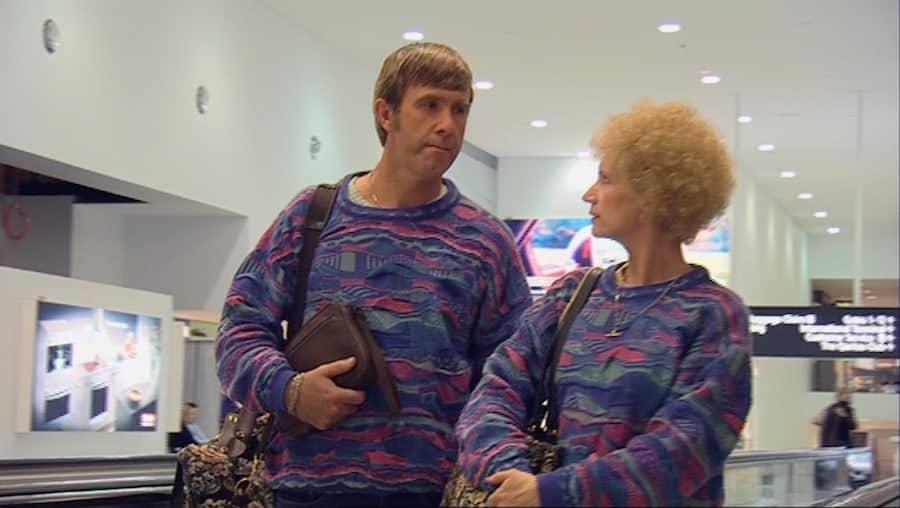
A liminal space is the time between the ‘what was’ and the ‘next.’ It is a place of transition, waiting, and not knowing. Liminal space is where all transformation takes place, if we learn to wait and let it form us.
Liminal Space
Here’s the thing about liminal spaces: If you go into one, hierarchy is suspended. If you go inside an international airport, say, you are now in a time-free and place-free zone. You’re exempt from your normal daily obligations. (Nothing symbolises that better than the phrase “duty-free”.) You’re in the land of nowhere.
You are what we might call “structurally invisible“.
Method 9: Use Modern Technology
An AI designed invisibility cloak should be able to hide objects from infrared light or microwaves and be made from readily available materials
New Scientist 10 November 2022 (paywall)

Method 10: Employ The Services of a Fly-by-night Shop
Jouhatsu (Japanese: 蒸発, lit. “evaporation”) or johatsu refers to the people in Japan who purposely vanish from their established lives without a trace. This phenomenon can be seen all over the world, such as the United States, the United Kingdom, and Germany. However, it is likely more prevalent in Japan given certain cultural factors. […] The businesses that assist the jouhatsu are called yonige-ya, which means “fly-by-night shops”.
Wikipedia
Method 11: Do Nothing, Because We Are All Invisible To Ourselves
We are almost always invisible to ourselves. Depending on how you are seated, reclining or standing, you will see parts of your nose, legs, hands, arms, shoulders or trunk from your own point of view. Yet these everyday features of our visual world are rarely depicted–and hardly ever in a way that accords with our perceptual experience.
[…]
According to the art historian LeRoy McDermott, it was not always so. Among the earliest forms of art are the so-called Venus figurines of the Upper Palaeolithic period, made between around 10,000 and 30,000 years ago. For reasons that are still not clear, the figurines often lack feet or heads and have oddly proportioned anatomies. McDermott argues the characteristic features of these clay or stone figures can be explained if we recognize them as views of the body seen subjectively from the egocentric perspective–a proposal he calls the “autogenous hypothesis”. He believes objects such as the Venus of Willendorf represent what a pregnant woman would see looking down at her own body.
Egocentric Perspective: Depicting the Body from Its Own Point of View by Robert Pepperell
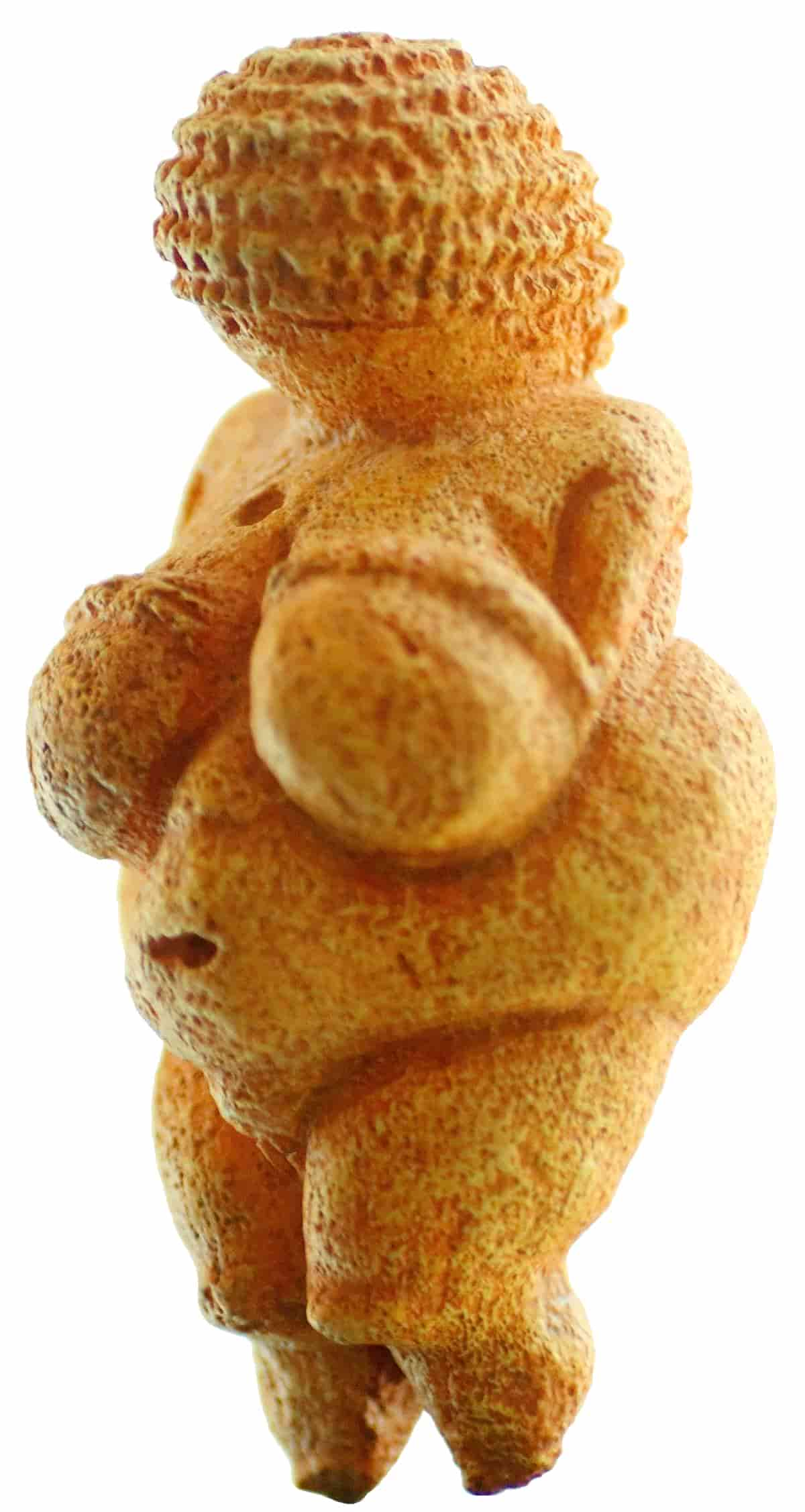
Method 12: Move to the city
I didn’t have any expectations when I came to New York — just the misty, haloed idea that it was where true life waited, where it was not absurd to be alone. It was a place where I could slip into invisibility. I believed the city could distract me from my haunts, make me wiser, raise me in a way she hadn’t. Cure me.
Mother In The Dark, a 2022 novel by Kayla Maiuri
Method 13: Do an unappreciated job
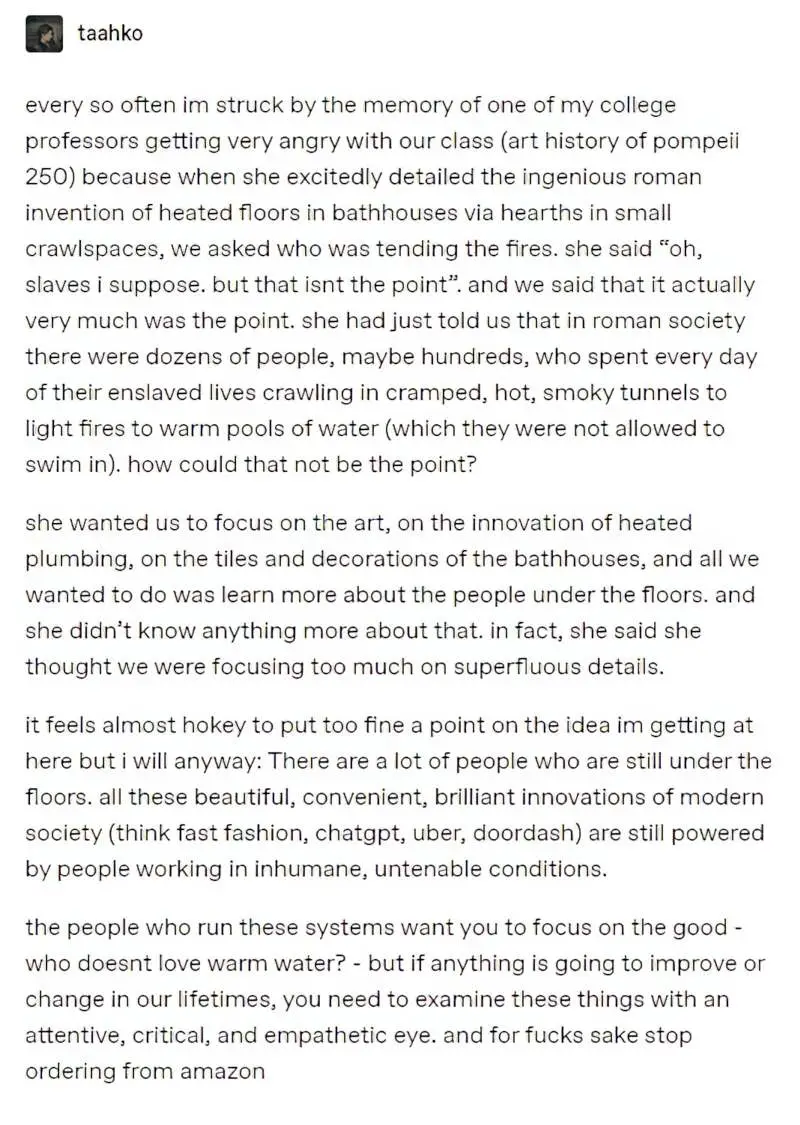
Method 14: Do too much research and join a cult
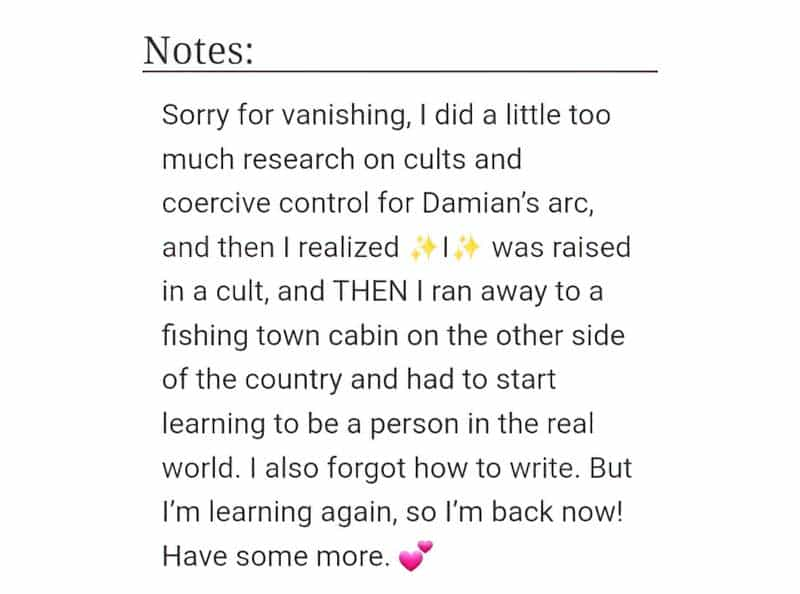
Further Reading

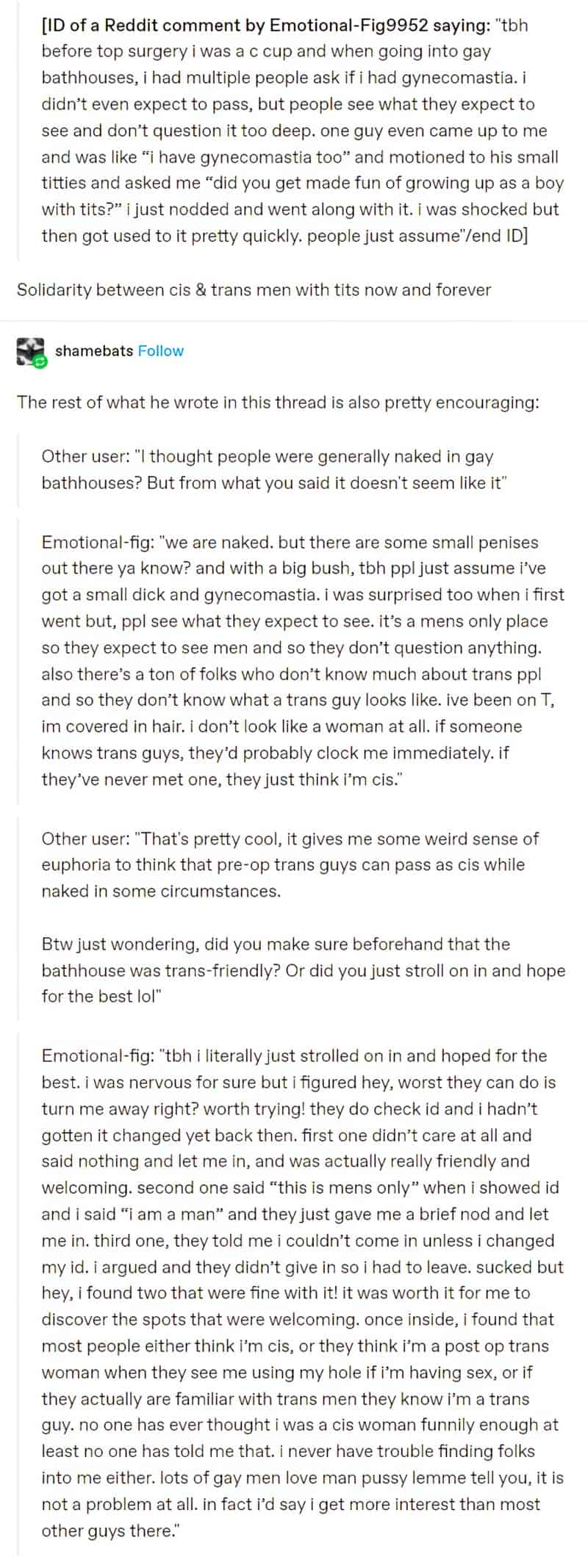
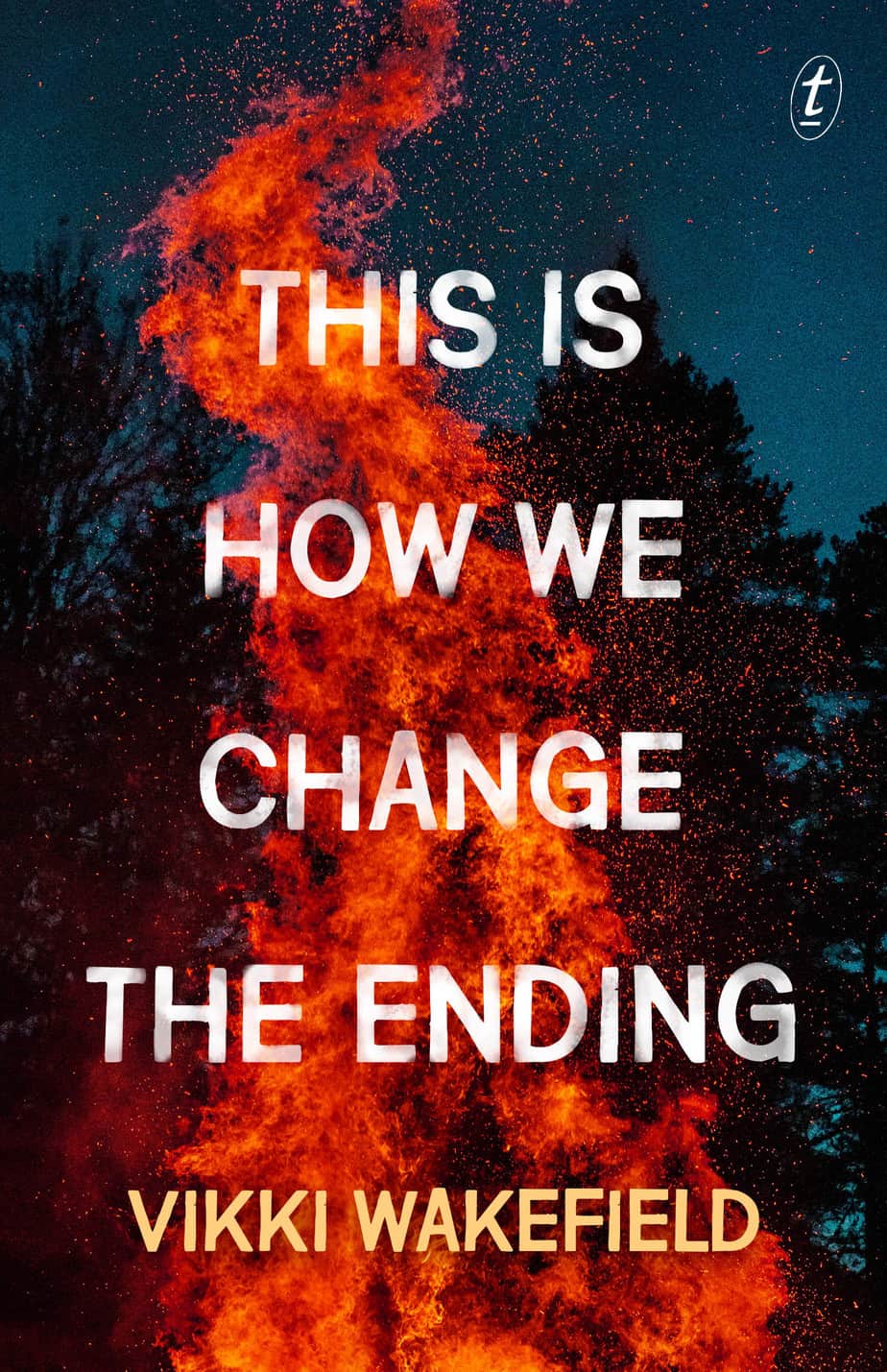
Sixteen-year-old Nate McKee is doing his best to be invisible. He’s worried about a lot of things—how his dad treats Nance and his twin half-brothers; the hydro crop in his bedroom; his reckless friend, Merrick.
Nate hangs out at the local youth centre and fills his notebooks with things he can’t say. But when some of his pages are stolen, and his words are graffitied at the centre, Nate realises he has allies. He might be able to make a difference, change his life, and claim his future. Or can he?
This Is How We Change the Ending is raw and real, funny and heartbreaking—a story about what it takes to fight back when you’re not a hero.
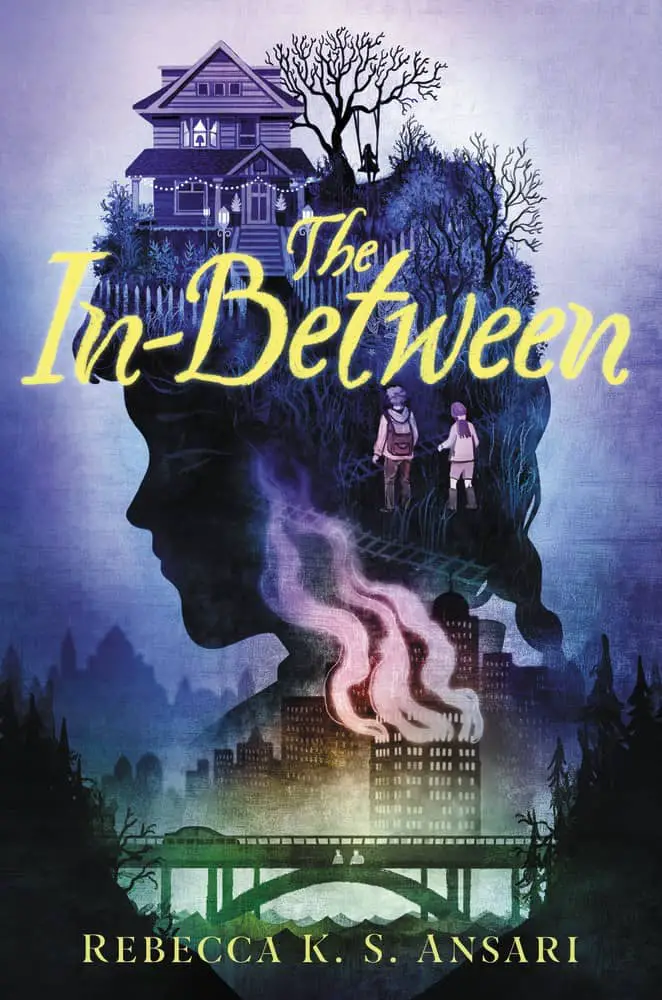
Cooper is lost. Ever since his father left their family three years ago, he has become distant from his friends, constantly annoyed by his little sister, Jess, and completely fed up with the pale, creepy rich girl who moved in next door, who won’t stop staring at him.
So when Cooper learns of an unsolved mystery his sister has discovered online, he welcomes the distraction. It’s the tale of a deadly train crash that occurred a hundred years ago in which one young boy among the dead was never identified. The only distinguishing mark on him was a strange insignia on his suit coat, a symbol no one had seen before or since. Jess is fascinated by the mystery of the unknown child—because she’s seen the insignia. And, she tells Cooper, he has too.
It’s the symbol on the jacket of the girl next door.
As they uncover more information—and mounting evidence of the girl’s seemingly impossible connection to the tragedy—Cooper and Jess begin to wonder if a similar disaster could be heading to their hometown. Thus begins an unforgettable adventure about the forgotten among us and what it means to be seen.

Before they became legendary writers, Charlotte Brontë, Emily Brontë, and Anne Brontë were detectors in this charming historical mystery…
Yorkshire, 1845. A young wife and mother has gone missing from her home, leaving behind two small children and a large pool of blood. Just a few miles away, a humble parson’s daughters–the Brontë sisters–learn of the crime. Charlotte, Emily, and Anne Brontë are horrified and intrigued by the mysterious disappearance.
These three creative, energetic, and resourceful women quickly realize that they have all the skills required to make for excellent “lady detectors.” Not yet published novelists, they have well-honed imaginations and are expert readers. And, as Charlotte remarks, “detecting is reading between the lines–it’s seeing what is not there.”
As they investigate, Charlotte, Emily, and Anne are confronted with a society that believes a woman’s place is in the home, not scouring the countryside looking for clues. But nothing will stop the sisters from discovering what happened to the vanished bride, even as they find their own lives are in great peril…

Lizzie St. Claire wants to be invisible. Forced to move out of her home, she and her mom now live in a transitional housing shelter, Good Hope, until they can get back on their feet.
Lizzie just wants to keep her head down at Good Hope and her new school, so she doesn’t have to admit the real reason she and her mom lost everything.
But when Lizzie finds herself at the nearby Birchwood Stables, some new friends—along with the arrival of a frightened pony named Fire—help Lizzie to open up and accept help from those around her, even if it means she’ll have more to lose if things change again.
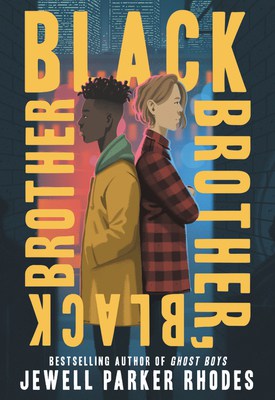
Donte wishes he were invisible. As one of the few black boys at Middlefield Prep, he feels as if he is constantly swimming in whiteness. Most of the students don’t look like him. They don’t like him either. Dubbed the “Black Brother,” Donte’s teachers and classmates make it clear they wish he were more like his lighter skinned brother, Trey. Quiet, obedient.
When an incident with “King” Alan leads to Donte’s arrest and suspension, he knows the only way to get even is to beat the king of the school at his own game: fencing. With the help of a former Olympic fencer, Donte embarks on a journey to carve out a spot on Middlefield Prep’s fencing team and maybe learn something about himself along the way.
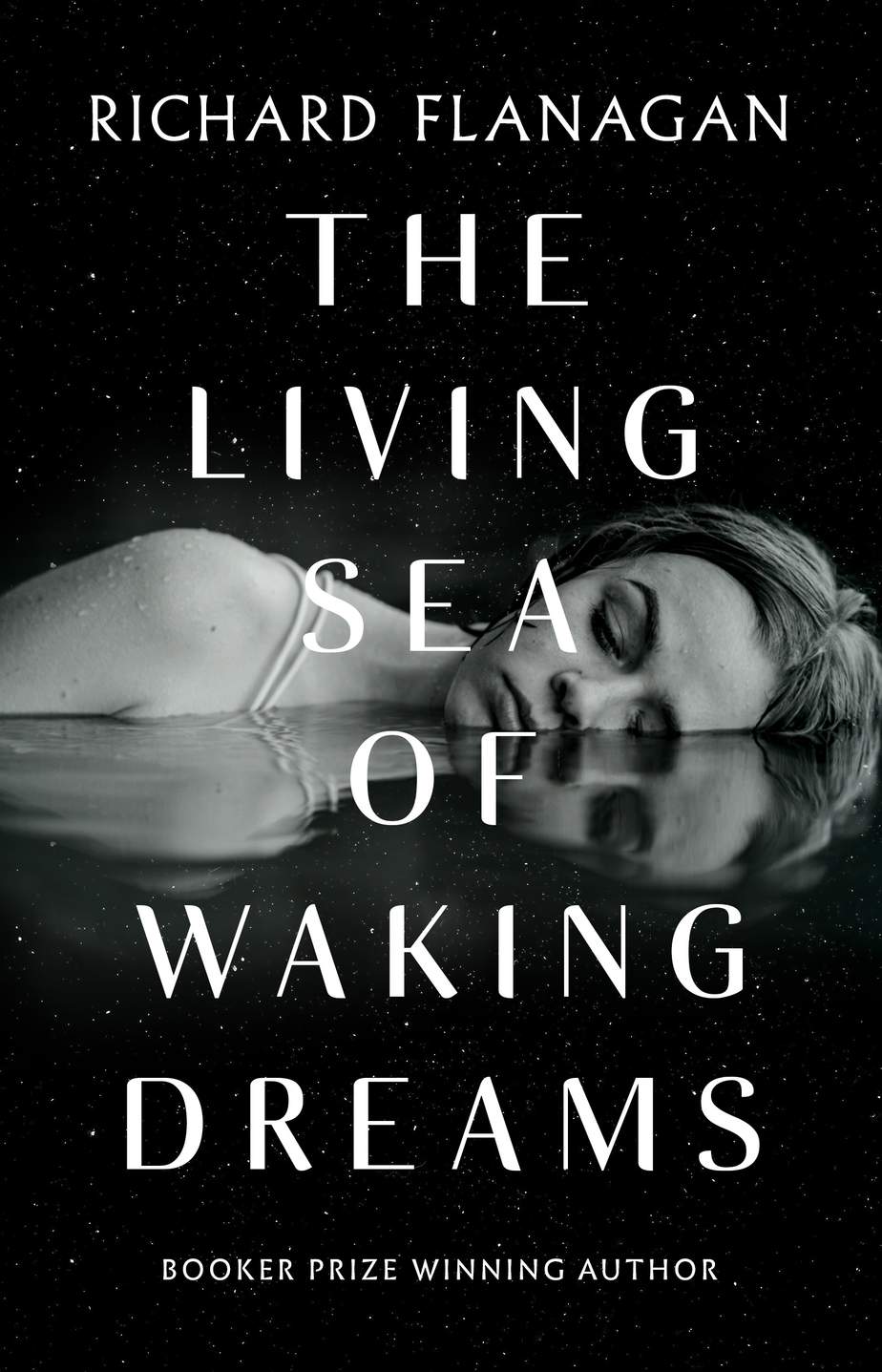
In a world of perennial fire and growing extinctions, Anna’s aged mother is dying—if her three children would just allow it. Condemned by their pity to living she increasingly escapes through her hospital window into visions of horror and delight.
When Anna’s finger vanishes and a few months later her knee disappears, Anna too feels the pull of the window. She begins to see that all around her others are similarly vanishing, but no one else notices. All Anna can do is keep her mother alive. But the window keeps opening wider, taking Anna and the reader ever deeper into a strangely beautiful novel about hope and love and orange-bellied parrots.
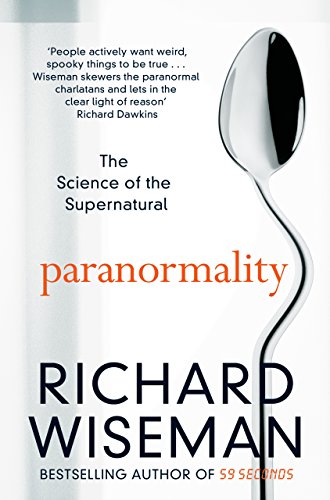
Professor Richard Wiseman is clear about one thing: paranormal phenomena don’t exist. But in the same way that the science of space travel transforms our everyday lives, so research into telepathy, fortune-telling and out-of-body experiences produces remarkable insights into our brains, behaviour and beliefs. Paranormality embarks on a wild ghost chase into this new science of the supernatural and is packed with activities that allow you to experience the impossible. So throw away your crystals, ditch your lucky charms and cancel your subscription to Reincarnation Weekly. It is time to discover the real secrets of the paranormal.
A 2001 episode of This American Life asks which superpower would you choose: Invisibility or Flight?
When women on Twitter were asked what they’d do if men had a curfew in October 2018, many answered the same: We’d go outside and enjoy the freedom. Turning invisible would be similar, and I think it serves the same basic wish fulfilment: The wish to move freely in the world.
In storytelling, invisibility is a fairly common trope, but it doesn’t always serve this exact purpose. Writers use it in a variety of different metaphorical ways.
THE INVISIBILITY OF MIDDLE AGE
This is an example of non-literal invisibility. Age is a great leveller; no matter how good-looking and attractive you were as a young person, age will take some of that away. Some struggle with this. Others see it as a great freedom:
When I grow up I want to be like Louise. Louise a woman at that peculiar age when women become invisible to others, neither old nor young, just invisible…There is an age when women become invisible. It can be curiously and accurately charted from the first time you go into a restaurant and the waiter calls you ‘Madam’ while he clears away the other place set on the small table for two you have chosen. He knows instinctively that no one else will ever be there. There are seldom tables for one in restaurants.
The Lonely Margins Of The Sea, Shonagh Koea
THE INVISIBILITY OF FAT
Fat activists such as Lindy West point out that, for fat people, it doesn’t take middle age to become invisible. If you are a fat young person, you are socially invisible long before that.
And while fat is a feminist issue, men do suffer from culturally imposed body shape expectations: a man explains what it’s like to be treated differently after turning from a chubby boy into a muscled grown-up.
Advertisers do their best to teach us that being invisible is the worst possible thing you could be. ‘Stand out’, we are told by the advertising team for the Mitsubishi Outlander.
But I remember my high school soccer coach transporting five of us to a match in her rattly Toyota. A team mates pointed out a flash sports car stopped at the lights and the coach said, “When choosing a car I try NOT to stand out.” (I don’t remember her teaching me any maths, but I remember that off-the-cuff life lesson.) However, Western picture books tend to preach the message that it’s great to stand out from the crowd. This message usually starts with a character who stands out even if they don’t to. Elmer is a patchwork elephant when all the others are grey; Freckleface Strawberry doesn’t want her freckles. In every case, the child learns that to be different is a strength.
To be seen by others is perhaps at the bottom of the hierarchy of human needs. Australian social commentator Hugh McKay certainly believes so, as explained in his book What Makes Us Tick? and also in The Art Of Belonging.
In modern churches across the globe, leaders assure their flocks that even if we feel unseen, God is looking after us. This hardly subverts the the idea that attention equals worth:
From Pastor Jeff Owens: “The richest people here tonight…have not the value of the widow’s mite. Have not as much worth in God’s eyes as those of you who put one dollar in the plate. To me you can never be little or lost of insignificant because to God you can never be little. There are no little things in this world. No little deeds, no little sins, no little acts of kindness, and no little people here tonight!“
This message of worthiness is balm to those who do the thankless work of this world and suffer the purest snub of all: invisibility. Most people here tonight do not have careers; they have jobs, and they exist as part of the background of the lives of the professional and semiprofessional middle classes. After all, somebody has to groom the dogs and wire the doctor’s new $60,000 kitchen. Somebody has to collect all the quarters from the Laundromats and drive the semitrailers to the Pottery Barn warehouse.
Deer Hunting With Jesus by Joe Bageant
INVISIBILITY AS PURITY
As living organisms, we are primed to accept the idea that clear running water is safer than muddy puddles.
I expect to see the invisible = pure trope used more and more in advertising as eco-conscious consumers are encouraged to leave smaller carbon footprints. If we are invisible, we inflict less damage to our environment, or so goes the idea.
Mercedes Benz has made use of this invisibility metaphor in their advertising campaign.
(Of course, it’s not ‘us’ who are invisible. We still wish to be acknowledged for our eco-conscious choices.)
INVISIBILITY AS SEAMLESS INTEGRATION
Why are amateur photographers in the Nokia Lumia 1020 commercial taking photos with empty hands? They are trying to tell us the device is so streamlined that taking a photo on a device is not an intrusion into your ‘real life’. Also, it takes such good photos that it’s like you’re really there, even when looking at the photo, not the actual event.)
INVISIBILITY LEADING TO NEGLECT
The Phantom Tollbooth by Norton Juster; see the annotated version by Leonard Marcus
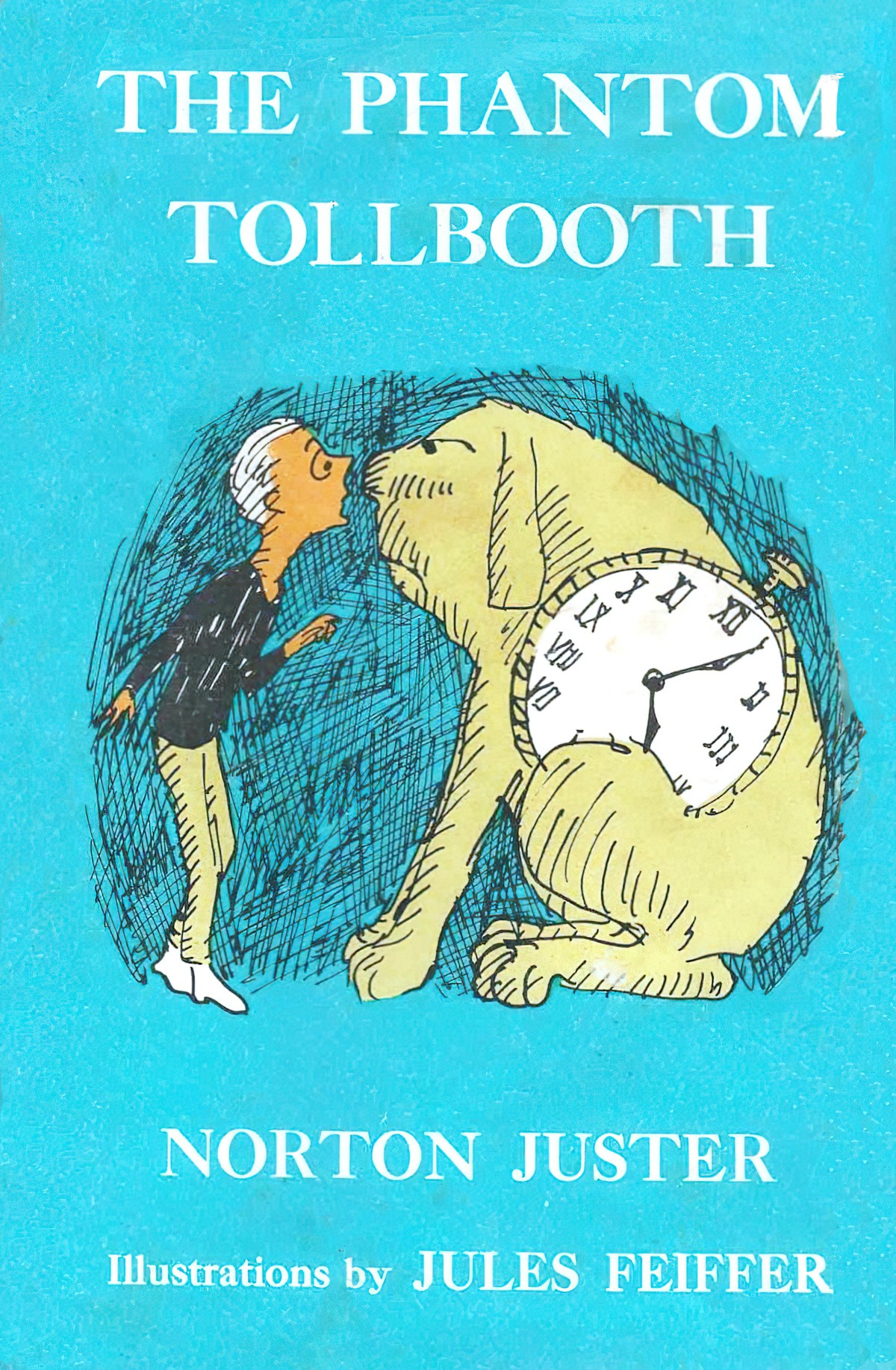
“Milo’s lesson on perspective continues in the twin cities of Reality and Illusions. Since the residents of Reality have decided to block out their perceptions by turning their heads down and hurrying from place to place, their city has become literally invisible. The city of Illusions is even worse; it does not even exist as anything but a mirage. Here Juster seems to be referring to the tendency of people to rush past the important things in everyday life.”
Sparknotes
The Lost Thing by Shaun Tan
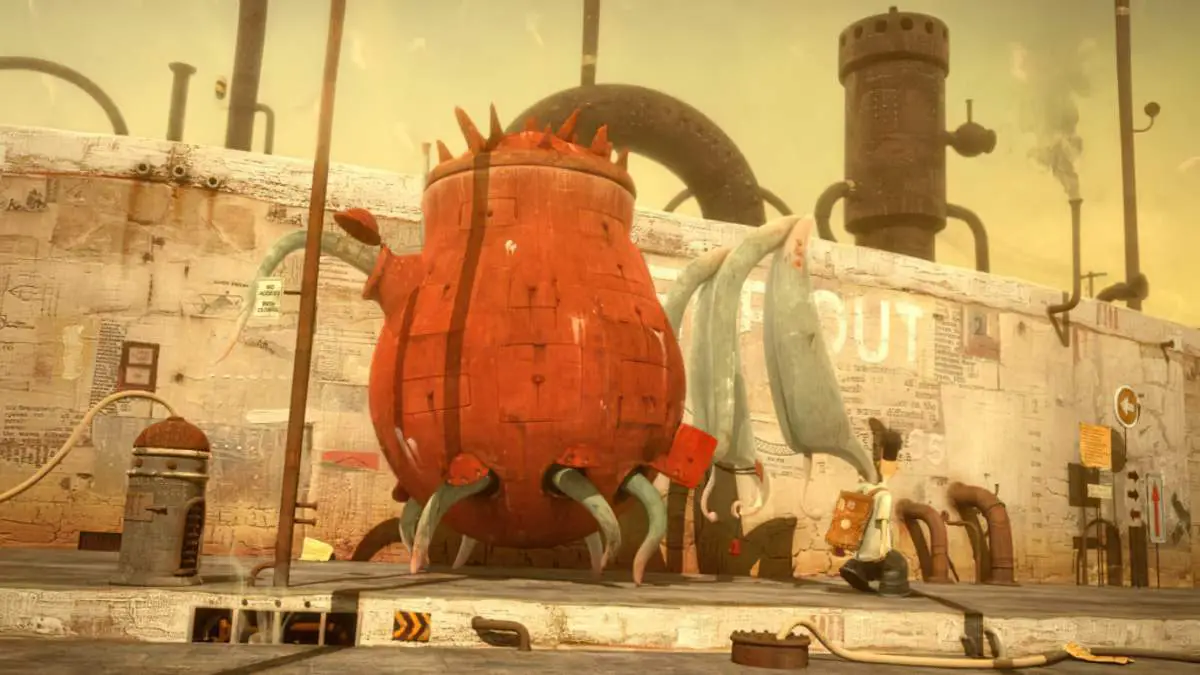
In The Lost Thing, adults have become so world-weary that they no longer notice things around them, including things which need their help. Only a young person is able to see what’s really there, due to his childlike curiosity.
INVISIBILITY HIDING INEQUALITY
If everyone really understood how inequality works, surely we’d be so seething with rage that we would take to the streets.
The truly rich are so removed from ordinary people’s lives that we never see what they have. We may notice, and feel aggrieved about, college kids driving luxury cars; but we don’t see private equity managers commuting by helicopter to their immense mansions in the Hamptons. The commanding heights of our economy are invisible because they’re lost in the clouds.
Our Invisible Rich from The NYT
Wealth invisibility is just one example of problematic invisibility. Fortunately, more and more is being said about invisible labour and also invisible disability. While visibility doesn’t always mean acceptance, which doesn’t always mean inclusion, visibility is a necessary first step for marginalised groups.
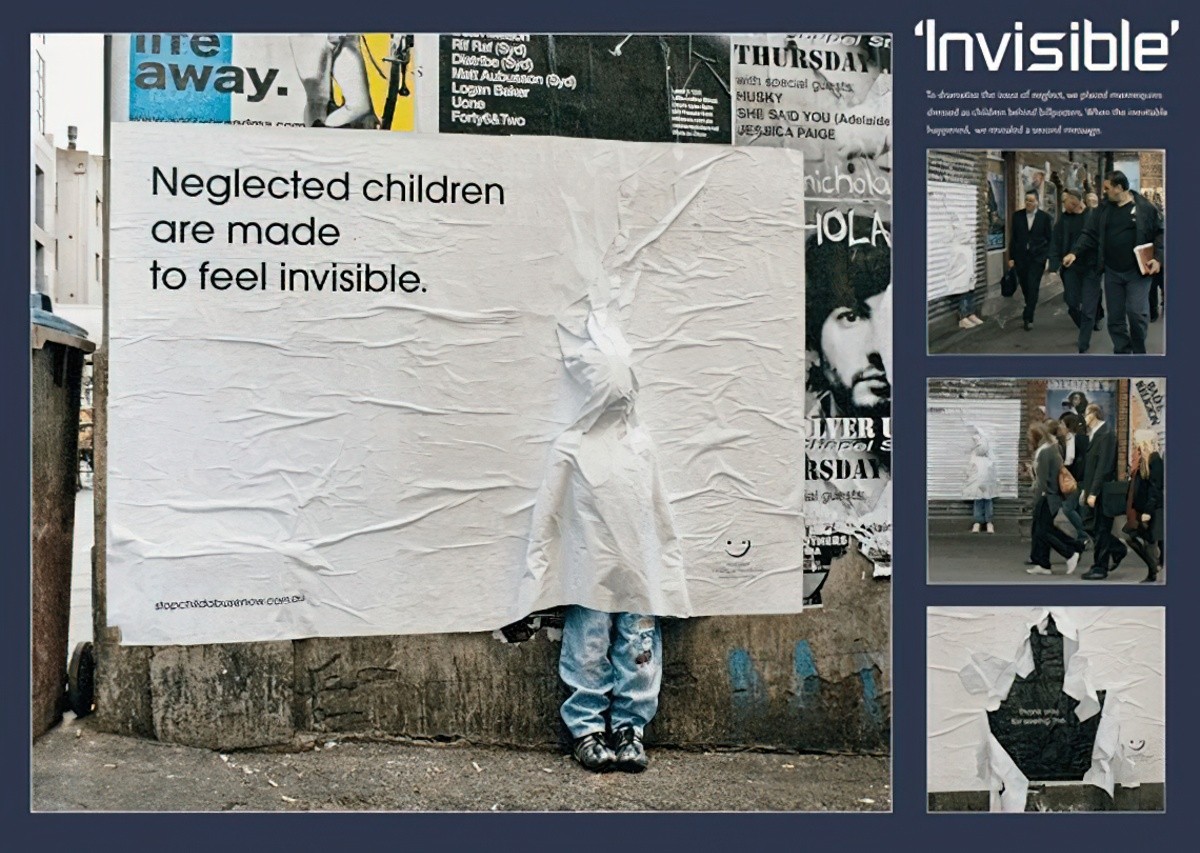
When the media fails to report on human rights abuses, we turn a blind eye. This explains the difference in response between an American refugee crisis and an Australian one. In Australia, the refugees were deliberately hidden from media, and by proxy, from Australians.
Symbolic annihilation is a concept which applies to narrative — when certain groups do not appear in a story, they have been annihilated symbolically. This is another form of problematic invisibility, and because we are so used to seeing certain groups in story from birth to grave, we don’t automatically notice it’s a problem. This needs to be pointed out.
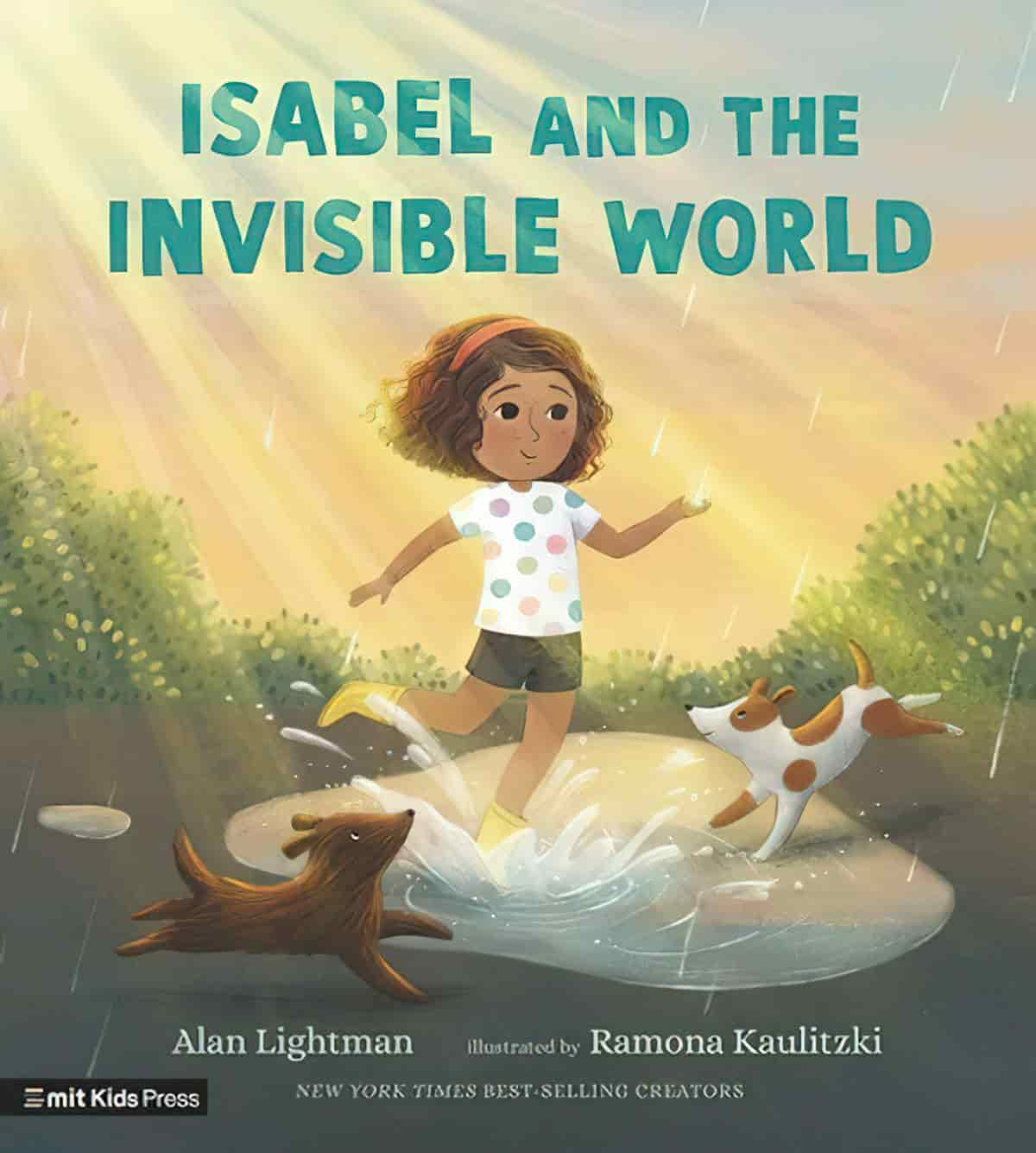
There’s only one gift Isabel wants for her sixth birthday: a way to see invisible things. She can hardly think of anything else! Finally, the day of her party arrives. Unwrapping a big box, Isabel finds a surprise inside—a glass prism—and a dazzling world of previously invisible color emerges, lighting up the room around her. What else could be out there, waiting for her eyes to discover? In simple, engaging language, complemented by luminous artwork from best-selling illustrator Ramona Kaulitzki, author and physicist Alan Lightman unveils the hidden world of light waves—the ones you can see and the ones you can’t. Back matter delves briefly into the subject of wavelengths, radio waves, and X-rays for readers curious to know more.
VISIBILITY IS NOT LIBERATION: IT’S BEING A PINNED BUTTERFLY
Your employer wants you to be out at work about your neurodivergence and queerness so they can treat you like a special edition Funkopop that they own
and they want you to come back to the office where you’ll be overstimulated, socially drained, and microaggressed against for the very same reason — because employees are just little Funkpops companies own. this was yet another @AnimeSickos insight i cant stop thinking abt
It’s Trans Day of Visibility and Autism Awareness Month and I don’t want anyone to ever think that being out at work is liberating or will help you find acceptance and warmth within the “family” or “community” you are forced to labor within so that you do not starve
being out at work is all too often just putting a target on your back. it’s a pretty, decorative target that your company will trot out whenever they need someone a little funky looking for photos on their website. but they’ll aim straight at that target the second it’s a hassle
I get into this in my book Unmasking Autism, but the data on being “out” as Autistic at work is very very mixed — every now and then people get new accommodations that help them, but most people who disclose either get nothing, or come to regret having done so
And speaking from experience, being out as trans at work is sometimes necessary (i transitioned at my current job, i couldnt stay closeted, it was gonna be Bad for Me), but mostly it means people get really weird around you and also ask you to do lots of gender 101 workshops
it’s kind of absurd actually how many trans people I know who have come out at their work, as a brand new, freshly out trans person, and then immediately been tasked with running some gender workshop for their coworkers — when they have zero relevant expertise
and often when you are out as trans or disabled at work you’re highly pressured to “tell your story” (perform your dysphoria or pain for a hungry corporate audience), and this is framed as some humanizing favor to you. as if exposing your weak points is empowering.
in the neoliberal imagination there is no collective struggle, no group consciousness for the oppressed, only individual identities to be communicated through the branding and selling of one’s story. the only victory is being “seen” as you are at work. not standing in community.
visibility is not liberation. it’s being a pinned butterfly.
the pressure to be open at your job about your marginalized identities is an extension of the expectation we bring our “whole selves” to work — and with it, all of our time, passion, emotional capacity, desire to connect to others, ability to form attachments, etc. its vampiric.
Dr Devon Price, talking about Trans Day of Visibility and Autism Awareness Month
Womanhood to me has nothing to do with putting on a costume. Womanhood is not wearing a dress, or wearing makeup – things that vast numbers of both cis and trans women have little or no interest in – and it goes far beyond anything aesthetic or shallow. It’s an innate part of who I am, and I understand and appreciate and value it.
The nature of my specifically transgender womanhood is something that I am proud to own. There is a well known remark from the French writer and philosopher, Simone De Beauvoir, who said “One is not born, but rather becomes, a woman.” In Beauvoir’s meaning, a woman is the being that has grown from the beginnings of girlhood, and been shaped by age and by experience and by the blossoming of maturity. And when I examine myself as a woman, I can see that and I can feel it resonate, to my core.
I’m trans, but that doesn’t mean I want to “pass” as a woman by Joan Westenberg
I think having an invisible illness makes it really hard to find a balance between having a positive outlook, and actually letting the people around you know the impact it has on your life. People tend to gradually assume everything is fine, unless explicitly reminded otherwise.
@3TomatoesShort
Trans people are told by the law, state agencies, private discriminators, and our families that we are impossible people who cannot exist, cannot be seen, cannot be classified, and cannot fit anywhere.
Dean Spade
INVISIBILITY AND HYPERVISIBILITY ARE TWO SIDES OF THE SAME COIN
